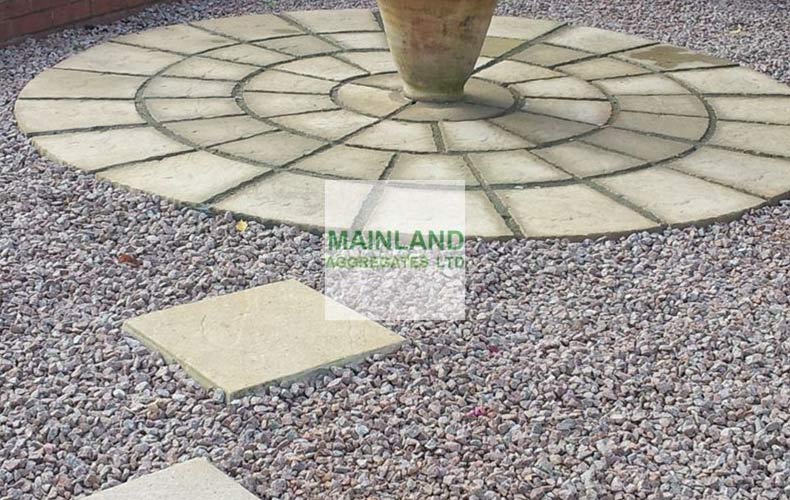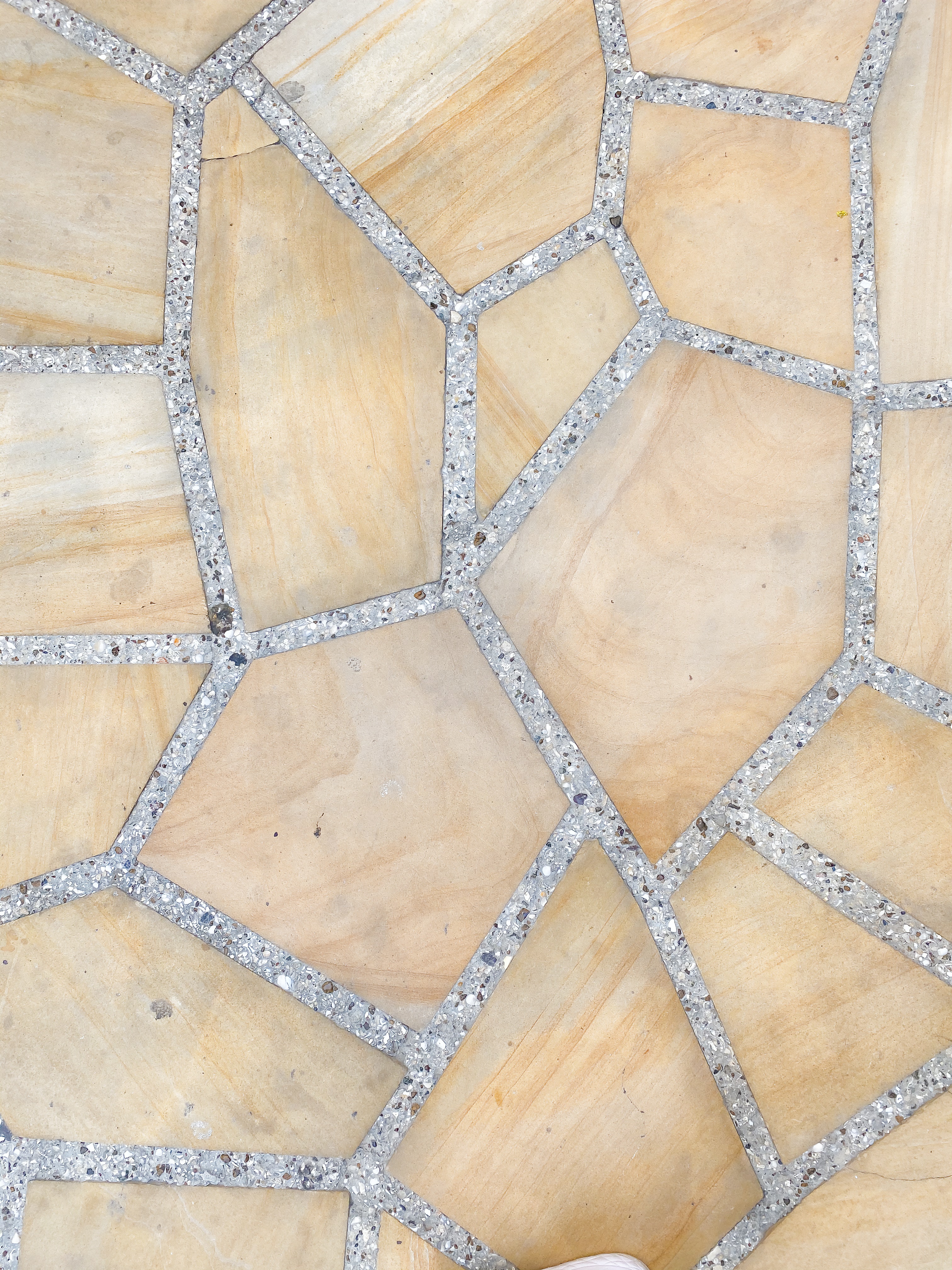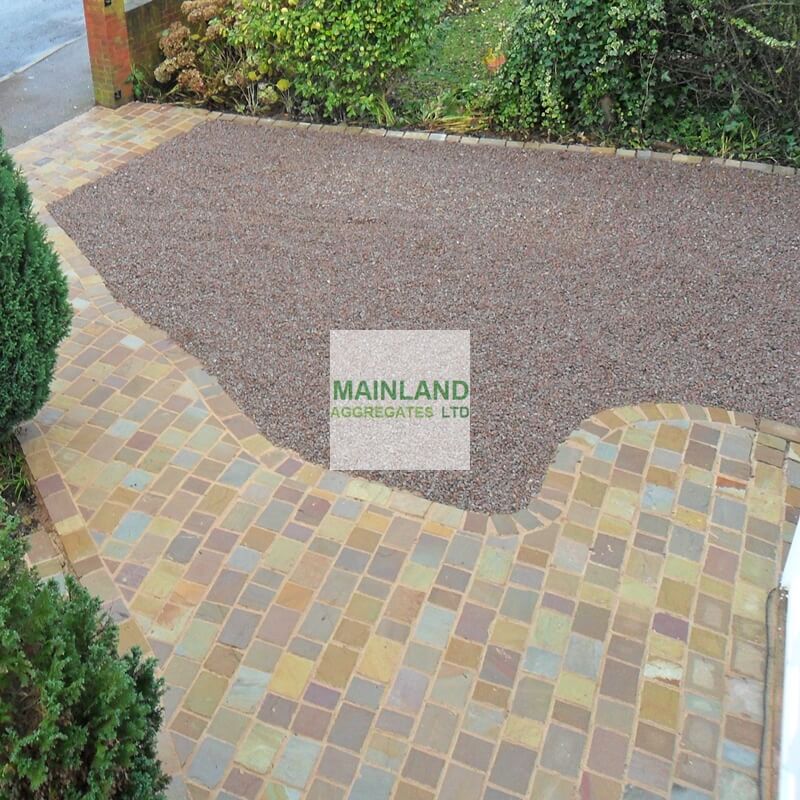We use cookies to make your experience better. To comply with the new e-Privacy directive, we need to ask for your consent to set the cookies. Learn more.
The Best Ways To Fill Joints Between Paving Slabs
After all the time you’ve spent on your paving, the last thing you will want to see is unsightly gaps taking away from your hard work. Filling in the gaps between your paving slabs might seem like a tedious task, but it can make your patio, path, or driveway look a lot neater and more professional.


What To Consider
Before you get started with this task, you’ll need to check over your paving slabs, even if you only just layed them. Make sure everything is level and settled. Then you need to think about what the function of the area that you’ve paved is going to be. For example: Does it need to bear heavy loads, like your car? Or will it just be humans and animals?
You will also need to know whether liquid needs to be able to seep through the gaps of the paved area. You don’t want to end up with rainwater and other liquids having nowhere to go. Now you should know how strong and how permeable you will need your filler to be.
The Best Ways To Fill Joints Between Paving Slabs
There are several methods that you can use to fill the gaps in your patio or paved driveway. Keep on reading to discover the ways you can fill in these areas.


Joint Filling Aggregate
The best way to fill joints between block paving is to use permeable paving jointing aggregate. At Mainland Aggregates we supply a high-performance Granite finished, joint filling aggregate specifically designed for brushing into 5mm permeable block paving joints. This aesthetically pleasing product offers excellent free-draining characteristics as well as natural strength, ensuring the long-term integrity of your paving. This is the only method which should be considered for new block paving installations.
Dry Grouting
Dry grouting uses sand and cement to fill the gaps in paving by brushing it in. The cement is moistened by natural moisture, rather than using water or pre-mixed wet cement. Building sand or Silica Sand is ideal for this type of joint filler, though there are a number of sands that can be used.
Wet grouting
A direct opposite of dry grouting, wet grouting uses the usual wet cement mixture plus sand to fill up the gaps in your paving. This mixture should be quite wet, almost soup-like, and is called either “mortar” or “grout”, which can be mixed on-site. You can fill your joints by spreading the mixture over the slabs, and using a brush to push it into the gaps. Any excess grout should be sponged off the slabs to prevent staining.
Gravel And Slate
Paving slabs with gravel inbetween can be an aesthetically pleasing joint filler for paving projects where joints between slabs have been purposely left wide to create a feature. This type of filler works only in patio areas that have wide gaps that need to be filled. It’s very cost-effective and allows you to have better control over the customisation. At Mainlaind Aggregate we offer many types of decorative gravel.
Our best-selling gravel includes 20mm gravel which consists of various rounded and angular stones, and 20mm Dove grey limestone chippings, which are very hard grey angular stones. Other popular choices include 20mm pink granite chippings, 20mm flamingo chippings and 20mm Staffordshire pink gravel, which can be used for a variety of applications, as well as your paving gaps. Alternatively, you could use slate chippings a little larger than gravel it can look stunning against your paving slabs.


Need any advice on the best way to fill joints between your paving slabs? Give us a call on 01234 831108 or email info@mainlandaggregates.co.uk
